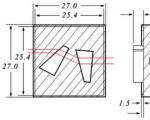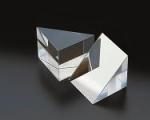Prisms
-
Anamorphic Prisms
Anamorphic Prism Pairs are used to transform elliptical laser diode beams into nearly circular beams. Because the prisms are set near Brewster's angle and with AR coating customized to the angle of th..
-
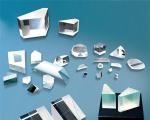
Beamsplitter Penta Prism
By adding a wedge and with partial reflective coating on first reflective surface,Penta Prism can be used as Beamsplitter.We supply Beamsplitter Penta Prism with standard Transmission/reflection (T/R)..
-
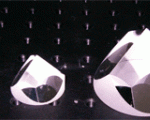
Corner Cube Retroreflectors
Material:------------------------- N-BK7 Grade A optical glassDimension Tolerance: ------+0.0, -0.2 mmClear Aperture: --------------80%Deviation:--------------------- 180°±3 arc secondsFlatness: ---..
-
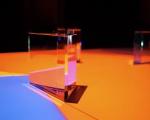
Dispersion Prisms
BK7UVFSSF-14A commonly used optical component for dispersing the spectrum.BK7Dispersion PrismsPart No.A=B=C(mm)H(mm)PDP011010.010.0PDP011212.712.7PDP012525.425.4UVFSDispersion PrismsPart No.A=B=C(mm)H..
-
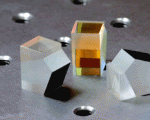
High Precision Beamsplitter Penta Prism
Material: ----------------------------------------------------------BK7 Grade A optical glass Dimension Tolerance:---------------------------------------- ±0.2 mm 90°Deviation Tolerance:------------..
-
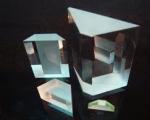
Reflection Prism
The reflection prisms are usually used for diverging the ray or for changing image location in relation to the subject (rotation, inversion). All the surfaces of the reflection prisms are flat. Reflec..
-
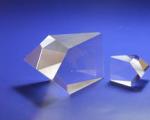
High Precision Penta Prism
By adding a wedge for deviation correction in output beam surface in output beam surface,it can be used as Percision Penta Prism. It is often used in Plumb Level,Surveying,Alignment,Rangefinding and O..
-
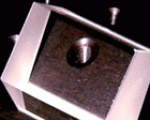
Penta prism
Penta Prism is a five-sided prism containing two reflecting surfaces at 45 to each other, and two refracting faces perpendicular to the entering and emerging beams. The standard Penta Prism reflecting..
-
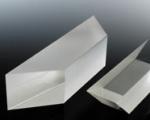
Dove Prisms
• Material: BK7 glass,UV grade Fused silica • Dimension Tolerance: ±0.1mm • Clear Aperture: 85% • Angle Tolerance: ≤3 are min • Surface Quality: 40/20 scratch dig • Surface Flatness: λ/4@632..

